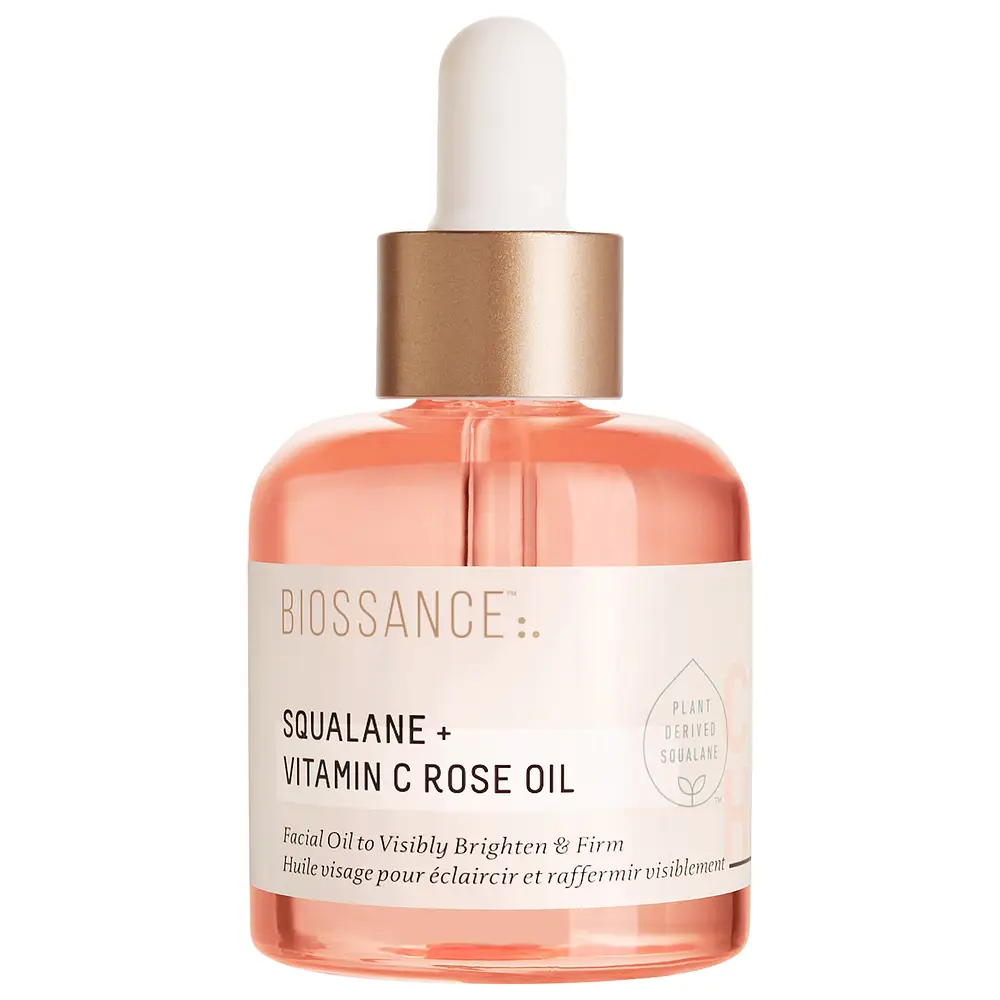Ascorbic acid derivatives such as THDA were developed in an attempt to create a more potent and stable version of vitamin C for use in skincare products. THDA seems to be one of the more successful ones - the manufacturer claims that it is stable and penetrates the skin well.
According to a newly published clinical study, THDA has all the capabilities of regular vitamin C, including anti-pigment activity. It was able to improve the appearance of melasma during summer in a 30% serum.
Other clinical studies use this ingredient in combination with either regular ascorbic acid in a water-free silicone gel or with an array of anti-aging ingredients including retinol, vitamin E, and coenzyme Q10. Both studies reported good anti-aging results, even after only four weeks of use.
It is important to note that even though frequently mixed up or used interchangeably, THDA is not the same ingredient as Ascorbyl Tetraisopalmitate (ATIP).
They have different chemical structures (THDA has linear fatty acid tails, ATIP is branched) and are registered as different ingredients, although their properties are very similar.
'%20fill='black'/%3e%3c/svg%3e)













